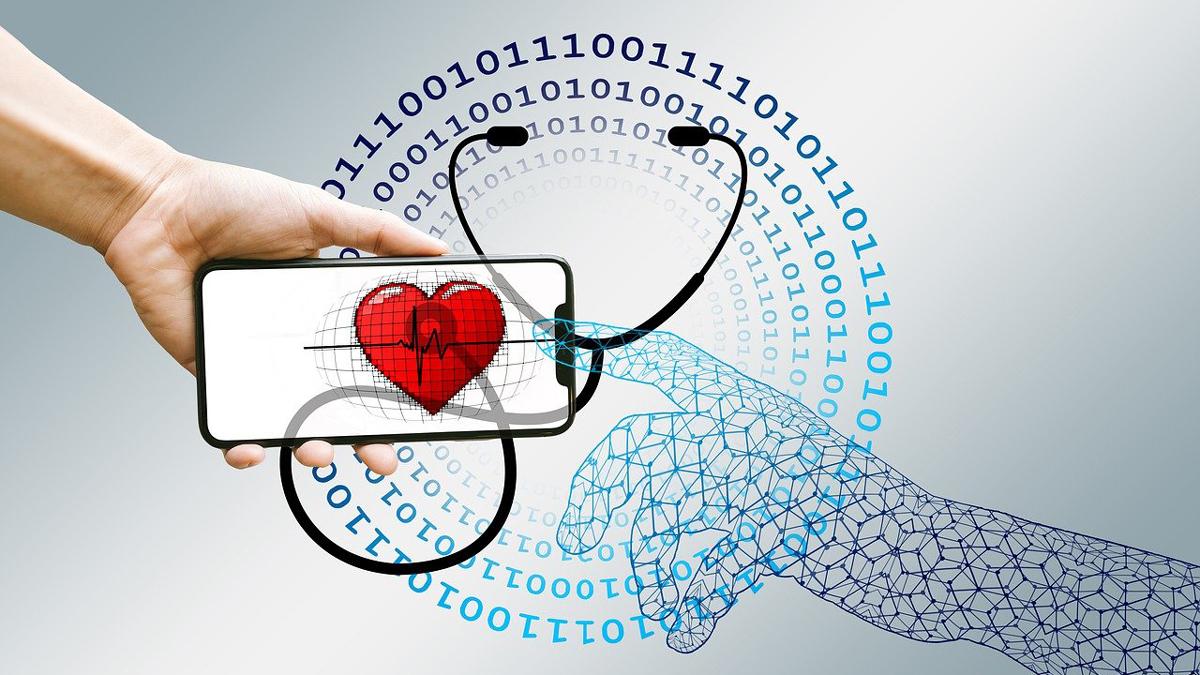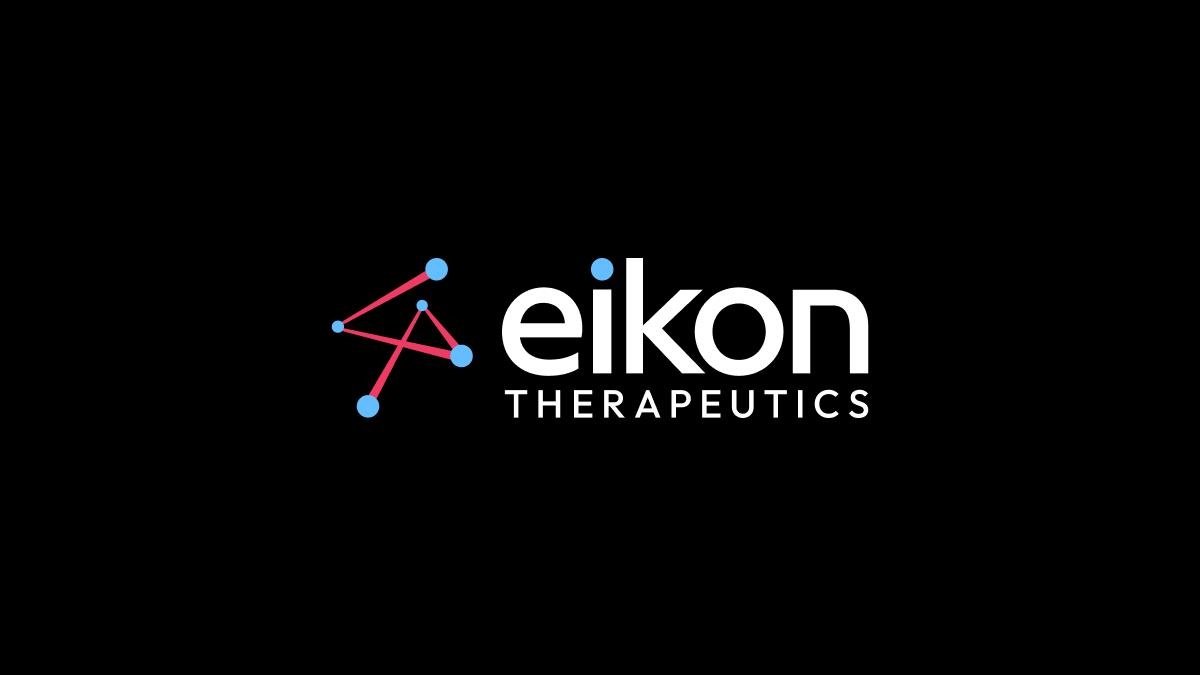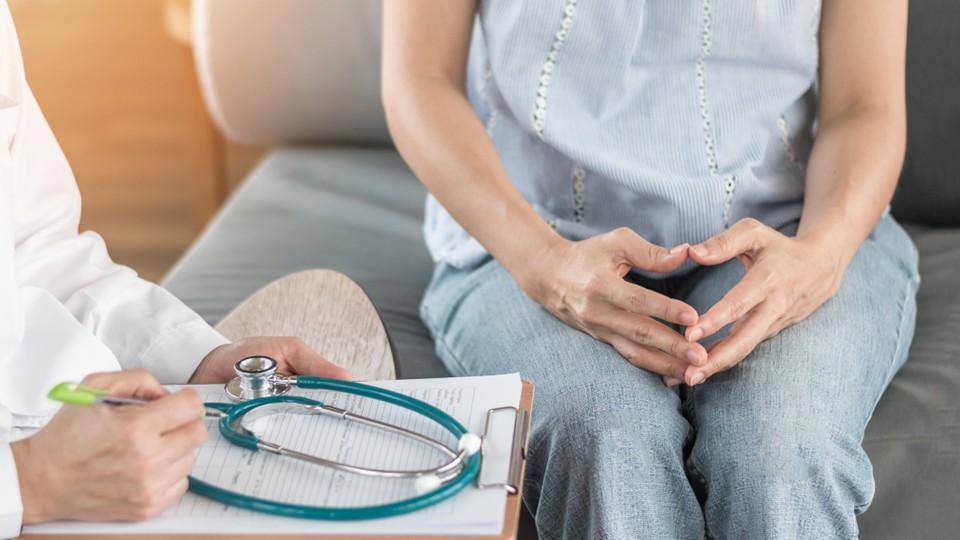Women’s health and digital tech empowerment

Digital health tools have become a staple in many people’s efforts to stay healthy, not least during the pandemic. However, Ben Hargreaves finds that, despite the major benefits seen for women’s health, access globally remains an issue.
The push for health equity has gained considerable momentum over recent years, as numerous initiatives have emerged to promote equal access to healthcare. During the pandemic, the widespread access to and reliance on digital health advanced their use rapidly. However, digital health literacy means that some people were left behind, particularly those in the greatest need of support, such as the elderly.
The WHO recently released a report on the role of digital health in women’s health, empowerment, and gender equality and arrived at the same conclusion at the outset of the study. The study authors outlined: “These technologies are not, however, equitably accessible to all sections of the population, essentially because groups that can benefit most from DHTs (digital health tools) are often at the highest risk of digital exclusion.”
Globally, the WHO stated that older people, women, people living with ill health or disabilities, and those from lower socioeconomic backgrounds tend to have less access to the internet and possess reduced digital skills. Often, these individuals are the ones that require more support from healthcare systems. Worse, the pandemic acted to magnify these access issues, as digital tools became quickly embedded into modern healthcare systems.
The WHO’s report searched through existing scientific records, conducted in multiple countries and regions, to compile research results on women’s use of DHTs. The focus of the piece was placed on the impact of the tools on women’s health status, as well as their empowerment and gender equality. In addition, the authors noted what factors have created barriers to access and utilisation of DHTs, and the potential actions to take to improve outcomes and access.
Tools that work
The authors of the report identified that the assessed research showed a positive impact on the use of the tools and women’s access to health services, allowing for an increase in self-care, and providing self-monitoring systems for health-related interventions. DHTs allowed this to happen through linking individuals with appropriate healthcare practitioners or to locate practices, and by providing affordable, quality, comprehensive healthcare. In addition, the studies showed that digital technologies enhanced access rates to screening, prompted lifestyle changes, and improved women’s involvement in relevant personal health matters.
In terms of the women’s reaction to the use of DHTs, 53% of primary studies showed that there were positive impacts on maternal and gynaecological well-being and outcomes. Women were reported as finding digital technologies useful for seeking information about themselves or their baby, particularly in relation to medication use during pregnancy, breastfeeding practices, and labour.
In postpartum scenarios, the use of DHTs was found to have a positive effect on how women communicated with their healthcare providers. Messaging services allowed women to receive quick responses to their concerns, through text questions, pictures, and videos to professionals. The report noted that the frequent use of messaging apps by parents could signify a need for emotional support, guidance, or information on parenting or personal matters – suggesting that healthcare professionals could adapt their communication with this in mind. Overall, internet use as a source of information was found to positively impact women’s postnatal period by providing information on specific infant symptoms, and providing additional detail on topics previously provided by healthcare professionals.
The report did identify certain negative outcomes of the use of DHTs; a small proportion of patients reported outcomes, such as ‘feeling sad’, ‘guilty’, or ‘disappointment’ related to their use.
Power to the people
One of the report’s focus areas was on the capacity for DHTs to empower women and to improve gender equality. The authors conclude that this was the case and that it was enabled by using DHTs to gain access to general resources, including financial, informational, skills, services, and social capital. Overall, the use of digital technologies directly impacted women’s empowerment and gender equality, either by serving as a skills-acquisition system, or as a health education portal and health literacy platform, the authors added.
In total, 22 studies found that technology was able to increase women’s autonomy and enhance their decision-making capacity. This was facilitated either through their ease of use, flexibility, security and confidentiality of usage, or by offering a sense of ownership and inclusiveness.
“The articles included in the review suggest that DHTs seem to offer a pathway for women to access information, support, and healthcare services in a more private, accessible, and empowering manner, increasing their autonomy and decision-making capacity. Women commonly reported that they felt empowered to recognise, manage, and explore appropriate management options for pregnancy-related symptoms without any boundaries posed by having physical mobility issues or without having to ask their partner’s permission to access a healthcare service or facility,” the authors stated.
The limits on access
Although the report showcased the potential for DHTs to provide widespread improvements to women’s health and life in general, there are still various barriers to access and utilisation. The primary barrier outlined was the lack of global access to a digital modality, whether a phone, smartphone, or computer. Linked with this is the financial barrier that was observed to be widespread across the studies, which was seen to affect both initial access and continued utilisation of DHTs.
The authors noted that, although the disparity in access could originate from socioeconomic inequality, the existence of power imbalances and gender inequality also played a role, despite differing levels of affluence. An example is provided wherein women could only access or own a phone or smartphone with permission from a male partner.
As a result, the WHO recommends that, for the advantages of DHTs to be fully harnessed, one of the primary goals to improve access should be to prioritise empowerment. This is especially important as there is a developing digital disparity, with 250 million fewer women online in 2017 when compared to 2013, according to the OECD.
There also exist more fundamental barriers to access, which do not include ownership or direct access to digital technology. There are countries and regions that possess limited infrastructure, geographic constraints, and economic disparities that make access difficult. In addition, digital literacy may also significantly impact certain demographic groups or specific regions.
In order to rectify this, the WHO recommends three broad actions to address these barriers. The first is boosting infrastructure, education, and community-based provisions; the second is improving social awareness and enhancing data collection and evidence generation; and, finally, enhancing policy design and sustained community outcomes. Each measure is backed by multiple actions, which include expanding digital infrastructure capacity and reach, launching community-based movements to support DHT use, and creating social programmes and campaigns to enable women to acquire their devices at a lower rate.
“The only way to effect global change is via truly global dialogue. This is a pressing issue, but not one that can be resolved by a single entity. Collaborative and concerted efforts targeting change and specifying gender equality within the realm of DHTs must involve institutional, organisational, and educational reparations. Only then can a truly connected digital world be achieved, and gender eliminated as a predictor of healthcare access and outcomes,” the authors conclude.












